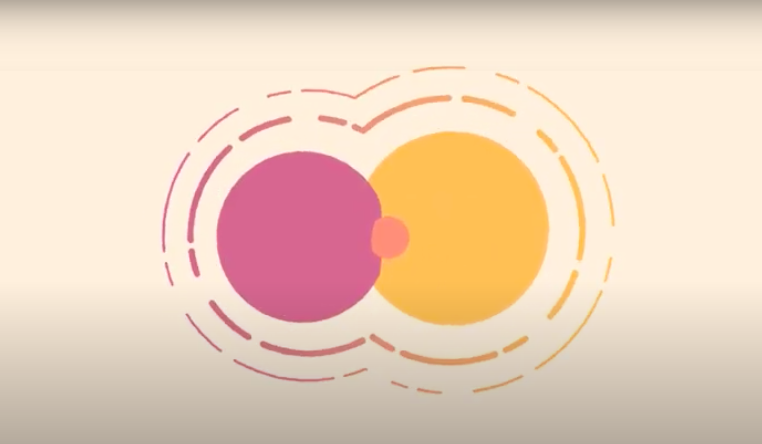How to tell a story without words
[et_pb_section admin_label=”section”]
[et_pb_row admin_label=”row”]
[et_pb_column type=”4_4″][et_pb_text admin_label=”Text”]
Visual thinking combines pictures and words to help us communicate and understand complex or confusing things. Most design is one form or another of this mashup—it’s the combination that brings the power.
Of course, words on their own can be powerful as well. So can images. Sound, too. Good writing moves us. Art and film and dance and photography move us. Music and speech move us.
A few years ago we made what turned out to be one of our favorite motion projects: The Science of Gratitude video. Compared to most of our animations, “Gratitude” took a more abstract approach to visualizing the story. But it still had a voiceover track. Viewers still had a guide holding their hand and narrating the key points as the visuals brought them to life.
Recently we wondered, how abstract could we get? How much handholding could we remove and still tell an emotional, engaging, understandable story?
Actually, the lovely little video above is the result of Tremendousness’ lead animator Darrick Hays wondering that, and looking for new ways to challenge himself and keep learning and exploring the world of animation. “Little Joy” is a short visual story—all motion and sound, no narration. It’s a very personal story, but it’s one that I think will move anyone once they watch it and appreciate the double meaning of the clever title.
Because you’re not being told what to think here, different people may take away different meanings from videos like this. This kind of storytelling wouldn’t work for projects where clarity and understanding are more important than emotion and expression.
But as we move into the holiday season and think about the things that are important to us, the things that keep us going, I feel like I got the message in “Little Joy” loud and clear—even without narration.
[/et_pb_text][/et_pb_column]
[/et_pb_row]
[/et_pb_section]
